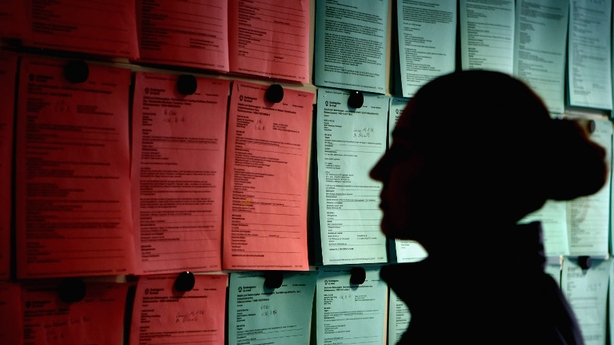Euro zone consumer prices fell by an alarming 0.6% in January, accelerating further into negative territory and confirming deflation could be settling-in for the long term, EU data showed today.
The drop was brought on by plummeting oil prices.
It follows a decision by the European Central Bank last week to launch a €1.14 trillion bond-buying spree to drive up inflation in the euro zone.
Today's fall comes after a 0.2% decline in December. The figure was below expectations for a decline to -0.5%.
The euro zone has only endured negative inflation rates in one other period, from June to October 2009. The 0.6% decline this month matched the lowest figure during that period, in July 2009.
Sharply reduced fuel costs explained the drop. Energy prices plunged 8.9% in the month. Unprocessed food was 0.9% cheaper, outweighing a 1.0 percent rise in the cost of services.
Oil prices have more than halved since June, with Brent at just below $50 a barrel today.
Core inflation, which excludes volatile energy and unprocessed food prices, dipped to 0.6% in January from 0.7% for the previous three months.
Headline inflation has also been in what the ECB calls the "danger zone" below 1% since October 2013. The ECB aims to keep inflation just under 2% over the medium term.
The ECB plans to purchase sovereign debt from March this year until September 2016, releasing €60 billion a month into the economy. Germany this month joined the countries with negative inflation rates this month.
In Spain, consumer prices fell for a seventh consecutive month and at their fastest rate in the euro zone era.
Euro zone unemployment edges lower in December
In separate release, Eurostat said euro zone unemployment dipped to 11.4% in December, after three months stuck at 11.5%
This was the lowest level recorded since August 2012.

Today's figures show that the number of people without a job decreased by 157,000 from a month before to 18.129 million.
EU countries with the lowest unemployment at the end of 2014 were Germany (4.8%), Austria (4.9%) and the Czech Republic (5.8%).
Today's figures also reveal that Irish unemployment rates fell in 2014, from 12.1% in December 2013 to 10.5% in December 2014.
This means there were 35,000 fewer unemployed people registered at the end of 2014 than in December of the previous year.
Irish youth unemployment stood at 21.6% at the end of 2014, down by 4.2% from the previous end-of-year figure of 25.8% in 2013.
The highest youth unemployment levels in the EU was in Spain (51.4%), Italy (42%), and Portugal (34.5%).
No figures beyond October 2014 are available for Greece, when the figure was 50.6%.

